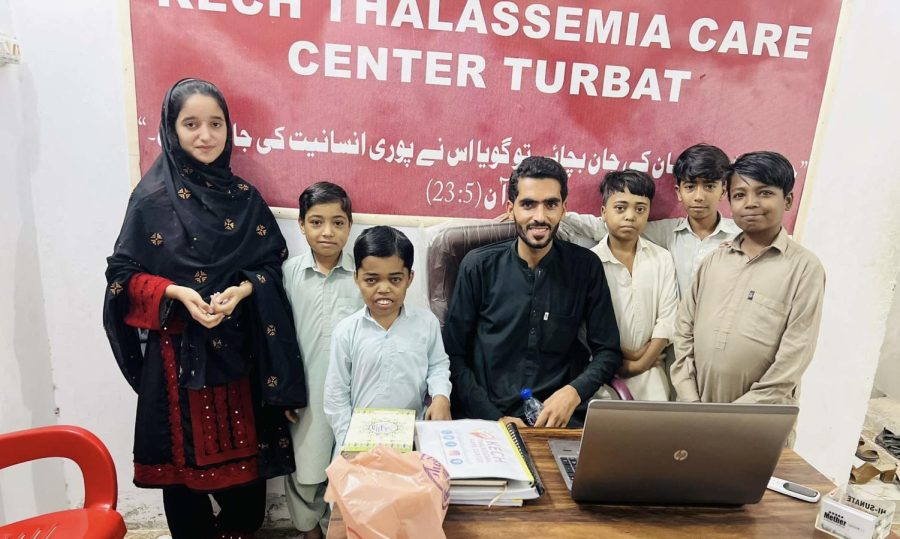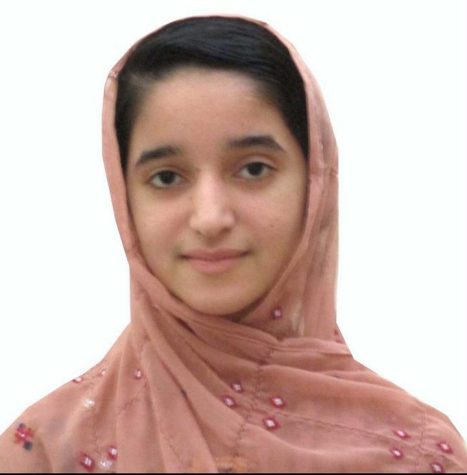Starving for blood
Pakistani children with Thalassemia suffer from a lack of blood transfusions
November 3, 2022
Every day as the sun rises, Shoaib opens his eyes with a ray of hope to stay alive for some more days. As he tries to stand up, his waist hurts, and he feels exhausted and short of breath. He looks in the mirror and sees his pale skin turning more yellow. His body is again in need of a blood transfusion. Tears fall off his cheeks as he thinks of days starving for blood. Dates and calendars passed by, and he still roamed street to street in search of blood. Starving one day for blood was like one decade for him. “My biggest desire is to live,” says Shoaib. Today, he is a registered patient at KTCC (Kech Thalassemia Care Center, Balochistan) requesting everyone to donate blood and everyday medicines for him and his fellow patients.
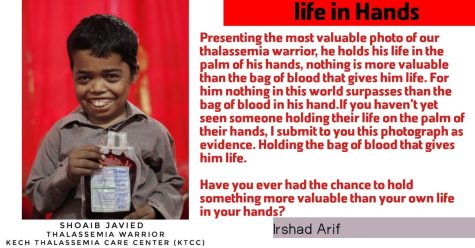
Kids with the “thalassemia disorder” would starve for blood, roam everywhere for a bag of blood to stay alive and fight until they die. The number of thalassemia patients in my region is high. Because of being financially unstable and living in a backward region, families could not afford to provide their children with the right medications and provide them with blood transfusions regularly.
Thalassemia is a deadly disorder that produces hemoglobin abnormally destroying the red blood cells in the body of the victim. It’s most likely common in children whose parents have thalassemia carriers in their bodies. This disease passes from parents to children through genes. This disorder, if not treated on time, causes the victim’s bones to deform and they cannot grow at a normal height. Bone deformities can form a different body structure when the bones expand. The victims need blood on time and this differs for each victim.
The victims with thalassemia major need blood more often than those with thalassemia minor. Victims with thalassemia major suffer more and they need blood most likely every 15 days. Hemoglobin is the oxygen-carrying protein in our body. It helps to deliver enough oxygen to all cells of the body. The victims with thalassemia disorder feel tired and short of breath, their body aches and they cannot walk for too long. This is because of less and abnormal formation of red blood cells and hemoglobin in the body.
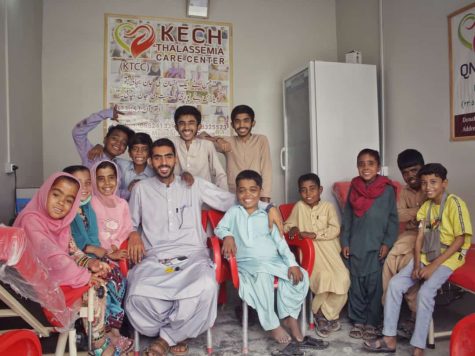
According to researchers, “There are an estimated 2,000 children in Balochistan that are affected by thalassemia.” But the specific number of children affected by thalassemia is hard to find because there are so many areas where kids with this disease are still not diagnosed because of lack of awareness. However, there are very few blood banks and no blood banks in rural areas at all where most of the thalassemia patients come from. Many patients die at an estimated age because their parents cannot afford to provide them with blood transfusions on time. “Several blood banks and pharmacies in Balochistan have not implemented infection control measures and lack methods for blood screening.” This way it is still hard to figure out the total number of thalassemia patients and the other following viruses they are affected by.
“Dr. Rubaba Khan shared that the situation of this disease is getting worse in Balochistan, the largest province of Pakistan in terms of area, adding that the disease was becoming more and more prevalent among the Baloch and Pashtun tribes of the province. In Baloch majority areas, the rate is recorded at 8.1% while in Pashtun majority areas it is 5.6%,” mentioned Associated Press of Pakistan(APP) in a report.
The number of thalassemia patients all over Pakistan is nearly 100,000. The caretakers of these children who belong to rural areas are mostly illiterate. According to JPMA(Journal of Pakistan Medical Association), “Nearly two third of the caretakers are illiterate with only 2.5% with a higher education.”
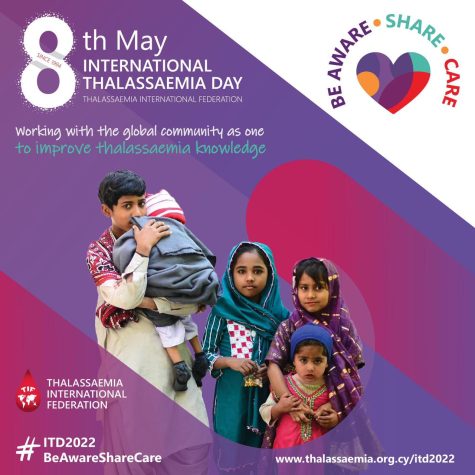
It’s harder to lower the number of thalassemia patients when their caretakers are illiterate and have no clue what helps in curing the disease. The only way to help reduce the number of thalassemia patients is to educate the people in their surroundings, especially their caretakers, about the disease and how it can be cured or treated. Therefore, giving awareness to people in those tribal areas is very important, but this is possible only when there are more blood banks, more hospitals, and more facilities for these kids.

